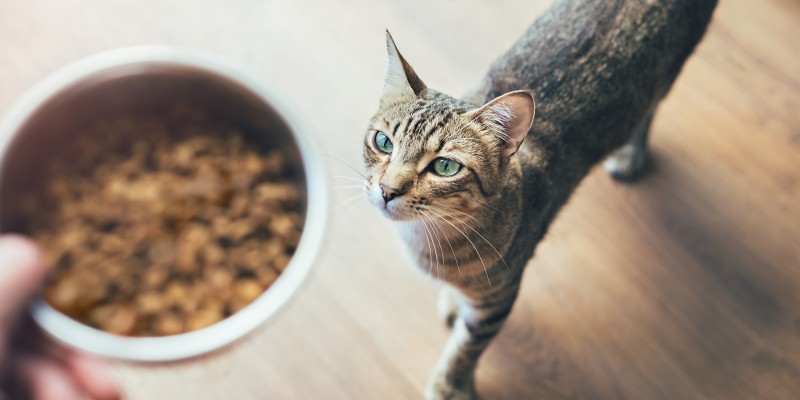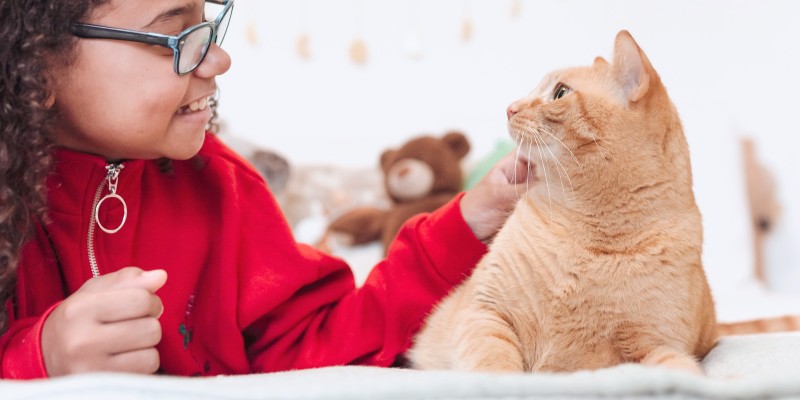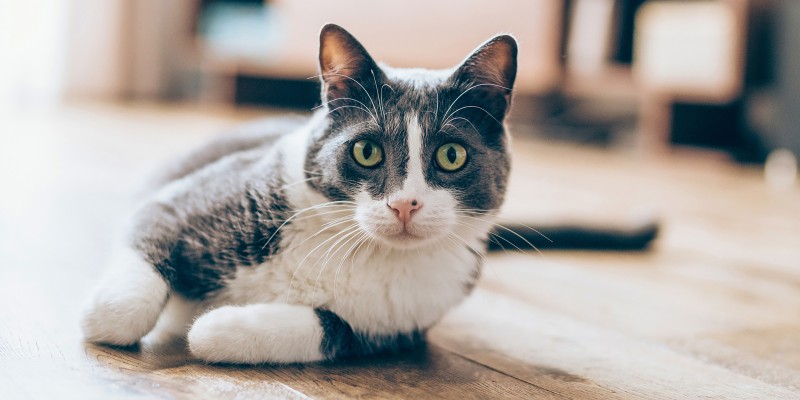Cat Health: Symptoms & Issues
As a cat owner, it's important to be able to recognize when your furry friend is not feeling well. However, cats are notorious for hiding their symptoms, making it difficult to know when they need medical attention. On this page, we'll explore the most common cat health issues and symptoms, including tips on how to spot them as soon as possible. From discussing the importance of regular check-ups to exploring the benefits of preventative care, our expert guides will help you keep your feline companion healthy and happy. We're here to help provide all the resources you need to ensure your cat's well-being.
















